What mechanism does SQS.FIFO use to read the first 20,000 messages?
Here's an example for some context:
On a FIFO queue, we have message groups:
| Group | Number of messages |
| A | 50,000 |
| B | 100 |
| C | 5 |
Timing of messages received on the queue:
Group A added at a rate of 100 per second from 11:00:00 onwards
Group B added at a rate of 10 per second from 11:00:01 onwards
Group C added at 11:05:00
No delivery delays are applied to any of the messages. The queue is configured with visibility timeout to match a lambda consumer that will be added later. The queue isn't being processed by anything yet.
Later on, a lambda function is configured with the above queue as an event source with 3 maximum batch size of 5 and long polling of 2 seconds. The lambda function takes 1 minute to process the events.
What would the first few batches contain?
| batch | messages | consumer |
| 1 | AAAAA | lambda1 |
| 2 | AAAAA | lambda1 |
| 3 | AAAAA | lambda1 |
| 4 | BBBBB | lambda2 ? |
The above model is what I expect to see if SQS.FIFO reads the messages ordered by time across all message groups. The alternative is that SQS.FIFO keeps reading from message group A until the total number of messages on the queue is down to <20,000
Could someone shed some light on the reading mechanism?
As stated in the docs:
AWS SQS.FIFO queue looks through the first 20k messages to determine available message groups. This means that if you have a backlog of messages in a single message group, you can't consume messages from other message groups that were sent to the queue at a later time until you successfully consume the messages from the backlog.

